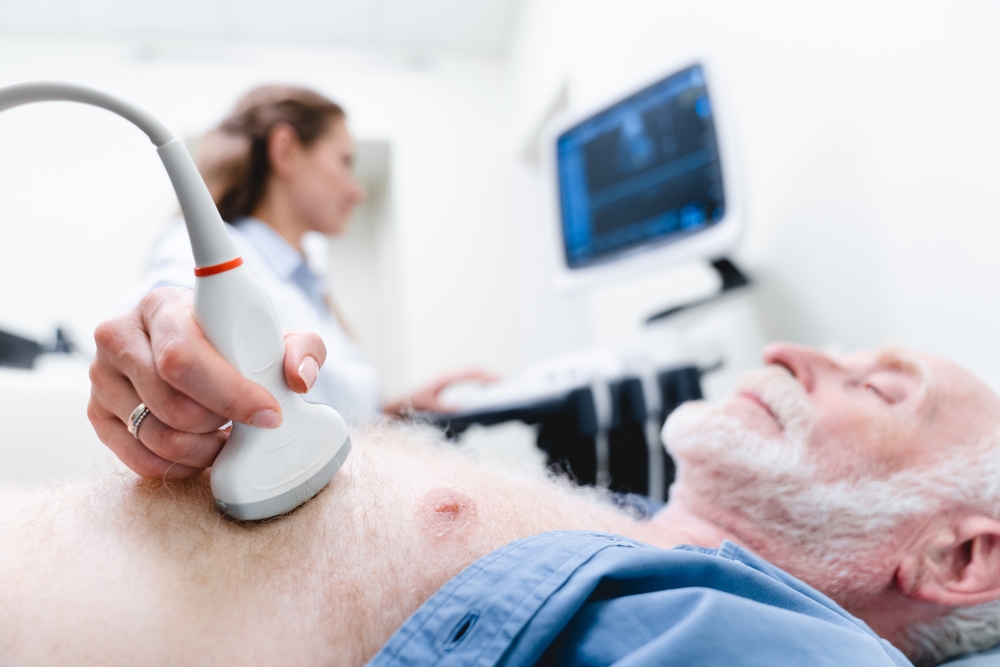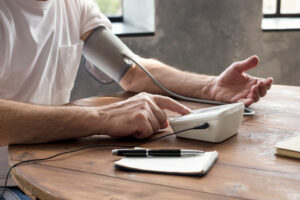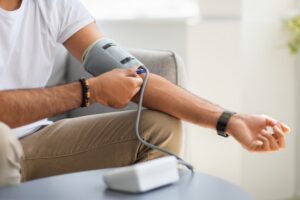Being told you need a heart test can be nerve-wracking, but knowing what to expect can make the experience much smoother. An echocardiogram is a common, safe, and painless procedure that provides vital information about your heart. This article offers a comprehensive guide on the echocardiogram process, detailing what happens before, during, and after the test. Our goal is to answer your questions and help you understand what to expect during the echocardiogram process so you can feel at ease and prepared for your appointment. Get a consultation with the best cardiologists in Brooklyn.
Your Comprehensive Guide on the Echocardiogram Process
An echocardiogram, or “echo,” is essentially an ultrasound of your heart. It uses sound waves to create moving pictures of your heart chambers, valves, and blood flow. The entire process is straightforward, but it can vary slightly depending on the type of echo you’re having. The most common type is the transthoracic echocardiogram (TTE).
Before the Test: How to Prepare
One of the best things about a standard TTE is that it requires very little preparation.
- No Fasting Required: You can eat and drink as you normally would before the test.
- Continue Medications: Take all your prescribed medications as usual unless your doctor or cardiologist gives you different instructions.
- Comfortable Clothing: Wear comfortable, loose-fitting clothing. You will be asked to undress from the waist up and will be given a gown to wear during the procedure.
- Arrival: Plan to arrive at the hospital or cardiology clinic in Brooklyn a little early to complete any necessary paperwork without feeling rushed.
If you are scheduled for a different type of echo, like a transesophageal echo (TEE) or a stress echo, your preparation will be different. For a TEE, you will likely need to fast for several hours. For a stress echo, you should wear comfortable walking shoes and clothes suitable for exercise.
During the Echocardiogram: A Step-by-Step Walkthrough
The standard TTE procedure is simple and typically takes about 30 to 60 minutes.
- Getting Ready: A technician, called a sonographer, will take you to a private room. You’ll be asked to undress from the waist up and lie on an examination table, usually on your left side.
- Placing Electrodes: The sonographer will attach small, sticky patches called electrodes to your chest. These electrodes are connected to an electrocardiograph (ECG) machine that monitors your heart’s electrical activity during the test.
- Applying the Gel: A special water-based gel will be applied to your chest. This gel might feel cool, but it is harmless and helps the sound waves travel from the transducer to your heart.
- Capturing the Images: The sonographer will press a small, handheld device called a transducer firmly against your skin and move it across different areas of your chest. The transducer emits sound waves and captures the echoes that bounce back from your heart. You won’t feel the sound waves, only the slight pressure of the transducer.
- Following Instructions: You may be asked to hold your breath for a few seconds or change your position to help the sonographer get clearer pictures of different parts of your heart.
The entire process is painless. The lights in the room may be dimmed to make it easier for the sonographer to see the images on the monitor.
After the Test: What Comes Next?
Once the sonographer has captured all the necessary images, the process is complete.
- Cleaning Up: The gel will be wiped off your chest, and the electrodes will be removed. You can then get dressed and go about your day with no recovery time needed.
- Reviewing the Results: A cardiologist will review the images from your echocardiogram. The images provide detailed information about your heart’s size, strength, and valve function.
- Follow-Up Appointment: You will have a follow-up appointment with your doctor to discuss the results. Your doctor will explain what the findings mean for your health and discuss any necessary next steps, whether that involves further testing, lifestyle changes, or treatment.
If you had a TEE, you would be monitored for a short period as the sedative wears off, and you would need someone to drive you home.
Knowing what to expect during the echocardiogram process can significantly reduce any anxiety you may feel. This routine test is a powerful tool that helps your healthcare team at the cardiology clinic in Brooklyn ensure your heart is healthy. It’s a proactive step toward managing your cardiovascular well-being effectively. For any cardiovascular problems, call us on +1 718 367 2555. The Cardiologists at Doral Health & Wellness consistently have outstanding patient satisfaction ratings. If you need help, register your information at https://yuz88hfiyh7.typeform.com/Doralintake. The professionals at Doral Health & Wellness Cardiology Brooklyn can improve your health and quality of life because of their vast training and experience. New Yorkers can get the best cardiovascular care at Doral Health & Wellness Brooklyn. Visit us at 1797 Pitkin Avenue, Brooklyn, NY 11212.






